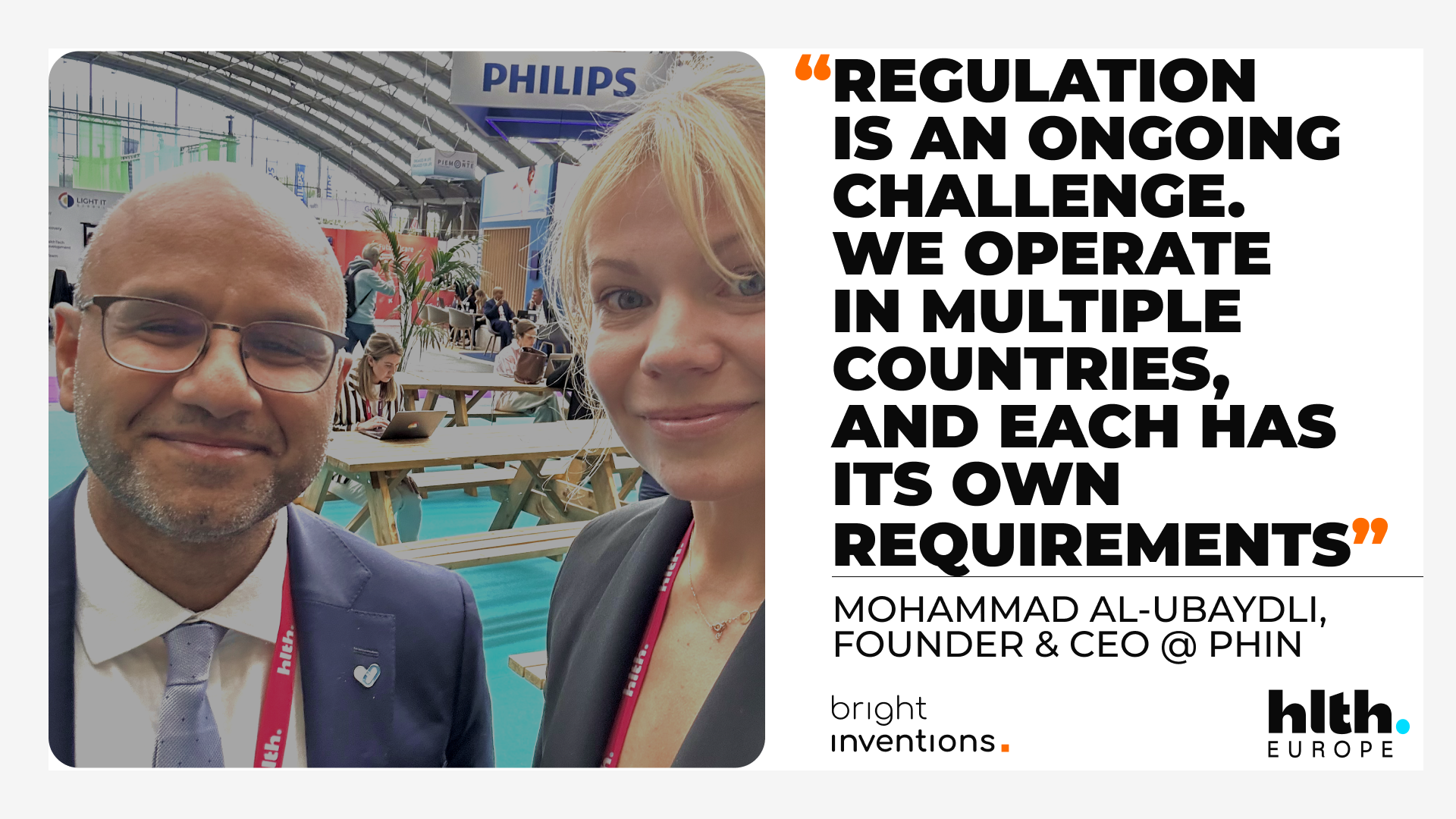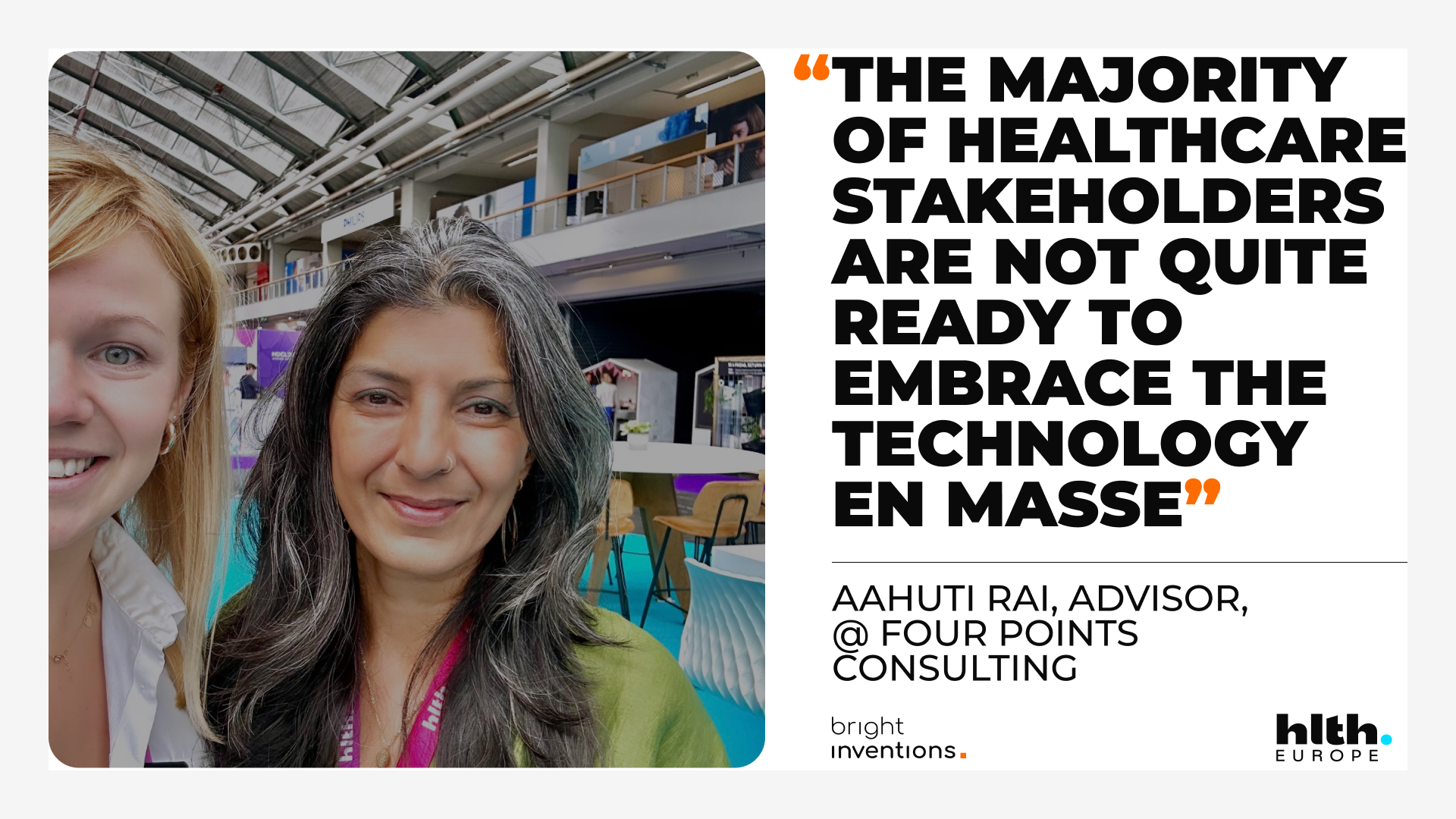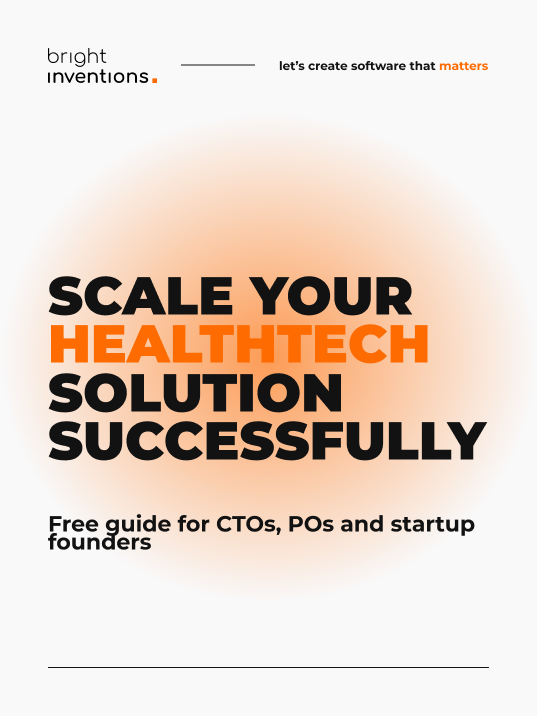Breaking Barriers in Healthtech: Strategies for Navigating in 2025
The Healthtech sector is driving a revolution in healthcare, reshaping how we deliver care, engage patients, and conduct medical research. From telemedicine to AI-powered diagnostics, these innovations hold the potential for better efficiency and patient outcomes. Yet, as we look to 2025, significant barriers remain. This article explores key challenges and strategic insights gathered from industry experts at HLTH Europe in Amsterdam, offering a roadmap for navigating the complex landscape of Healthtech in the year ahead.
Regulatory Hurdles: Navigating Diverse Requirements Across Regions
One of the most significant challenges for Healthtech companies is the complex web of regulatory requirements that vary by country—and sometimes even within regions of the same country. Regulatory bodies like the U.S. Food and Drug Administration (FDA), the European Medicines Agency (EMA), and others have stringent guidelines for medical technologies. Navigating these regulations requires substantial legal expertise and resources.

Implications:
- Time-Consuming Approval Processes: Lengthy approval times can delay the deployment of critical technologies.
- Resource Intensive: Compliance demands significant investment in regulatory affairs teams and legal consultations.
- Market Entry Barriers: Smaller start-ups may find it challenging to enter multiple markets due to regulatory complexities.
Strategies for Overcoming Regulatory Hurdles:
- Early Engagement: Engage with regulatory bodies early in the development process.
- Global Harmonization Efforts: Advocate for international standards to simplify cross-border compliance.
- Localized Expertise:Employ local regulatory experts to navigate regional requirements effectively.
Data Security and Privacy: Balancing Accessibility with Protection
In an era where data is a valuable asset, ensuring the security and privacy of patient information is paramount. Healthtech solutions often require the collection, storage, and transmission of sensitive health data, making them prime targets for cyberattacks.
Challenges:
- Compliance with Laws: Adhering to regulations like the Health Insurance Portability and Accountability Act (HIPAA) and the General Data Protection Regulation (GDPR).
- Technological Vulnerabilities: Protecting against hacking, data breaches, and unauthorized access.
- Patient Trust: Maintaining confidence among users that their data is secure.
Mitigation Strategies:
- Robust Encryption: Implement advanced encryption methods for data at rest and in transit.
- Regular Audits: Conduct security audits and vulnerability assessments.
- Access Controls: Utilize multi-factor authentication and strict access protocols.
Check another blog post to read more about securing health data.
Adoption Barriers: Convincing Stakeholders to Embrace New Technologies
Even the most innovative Healthtech solutions can falter if they fail to gain acceptance from healthcare providers and patients. Resistance can stem from a lack of understanding, fear of the unknown, or perceived threats to established workflows.

Factors Contributing to Adoption Barriers:
- Complexity of Technology: Steep learning curves can deter busy healthcare professionals.
- Cost Concerns: High initial investment without immediate ROI can be a deterrent.
- Skepticism: Doubts about the efficacy and reliability of new technologies.
Approaches to Enhance Adoption:
- Education and Training: Offer comprehensive training programs for users.
- Demonstrate Value: Provide evidence of improved outcomes and efficiencies.
- User-Friendly Design: Develop intuitive interfaces to ease the transition.
Interoperability Issues: Bridging the Communication Gap Between Systems
The lack of seamless communication between different health systems hinders the effective use of Healthtech solutions. Interoperability is crucial for ensuring that patient data flows efficiently across various platforms and care settings.

Problems Arising from Interoperability Gaps:
- Data Silos: Fragmented data can lead to incomplete patient records.
- Inefficiencies: Duplicate tests and procedures increase healthcare costs.
- Patient Safety Risks: Incomplete information can result in medical errors.
Solutions for Improved Interoperability:
- Adopt Standards: Utilize common data standards like HL7 and FHIR.
- APIs and Integrations: Develop application programming interfaces that enable system compatibility.
- Collaborative Efforts: Participate in industry consortiums focused on interoperability.
Funding and Investment: Securing Financial Support
Access to capital is a significant barrier, especially for start-ups aiming to disrupt the Healthtech space. Investors may be wary due to the high risks associated with regulatory hurdles and market adoption challenges.
scale your healthtech solution

Investment Challenges:
- High Development Costs: R&D in Healthtech can be expensive and time-consuming.
- Uncertain ROI: The path to profitability may not be clear-cut.
- Market Competition: A saturated market can deter investment.
Strategies to Attract Funding:
- Clear Value Proposition: Articulate how the technology addresses unmet needs.
- Pilot Programs: Demonstrate success through small-scale implementations.
- Strategic Partnerships: Collaborate with established healthcare entities to bolster credibility.
Cultural Resistance: Overcoming Traditional Mindsets
Healthcare is a field deeply rooted in tradition and established practices. Introducing new technologies often requires a cultural shift among providers and patients alike.
Aspects of Cultural Resistance:
- Trust in Human Judgment: Preference for human expertise over algorithms or AI.
- Fear of Job Loss: Concerns that automation may replace human roles.
- Patient Reluctance: Discomfort with virtual consultations or digital monitoring.
Overcoming Cultural Barriers:
- Stakeholder Engagement: Involve healthcare professionals in the development process.
- Transparent Communication: Explain the benefits and limitations of technologies openly.
- Gradual Implementation: Introduce changes incrementally to allow time for adaptation.
Conclusion
The Healthtech industry stands at the forefront of revolutionizing healthcare, offering solutions that could lead to more personalized, efficient, and accessible care. However, to realize this potential, stakeholders must navigate a complex landscape of regulatory requirements, data security concerns, adoption hurdles, interoperability challenges, funding obstacles, and cultural resistance.
Addressing these issues requires a multifaceted approach that includes early and ongoing collaboration with regulatory bodies, robust cybersecurity measures, strategic efforts to encourage adoption, technical solutions for interoperability, innovative funding models, and initiatives to shift cultural perceptions.
By proactively tackling these challenges, Healthtech companies can pave the way for a more connected and advanced healthcare system that benefits providers and patients alike.
